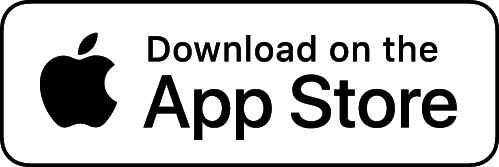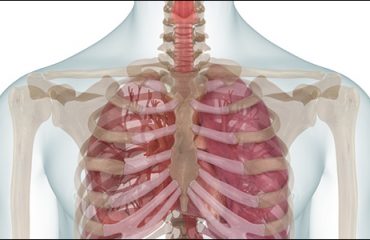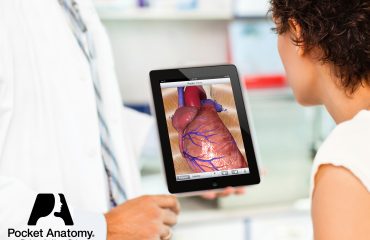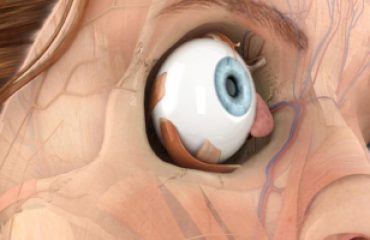In preparation for November’s Great American Smokeout, scheduled annually for the third Thursday of the month (this year on 17 November), during which smokers are encouraged to stop smoking, I’d like to focus this month on healthy lungs and how to keep them that way. Smoking—in all its repulsiveness—will be discussed in a later blog. But for now, October is Healthy Lung Month in the U.S.
Anatomy of the Respiratory System
The lungs are part of the respiratory system, which works to provide oxygen to all of the body’s cells. The respiratory system is a complex organization of scattered physical structures in the body, including the nose, mouth, and sinuses in the upper respiratory system; the nasopharynx (back part of the throat), trachea and bronchial tubes in the middle portion; and the lung tissue (bronchioles and alveoli) in the lower system. In addition, the circulatory system plays a role in breathing, providing small arterioles, venules, and capillaries to carry blood to and from the lungs, as well as the heart to pump blood to and from the lungs and to and from the body. And finally, the musculoskeletal system adds support to the lung tissue via the structure of the ribs, and provides the diaphragm (a large muscular structure at the bottom of the lungs) to assist in inspiration (breathing in) and expiration (breathing out).
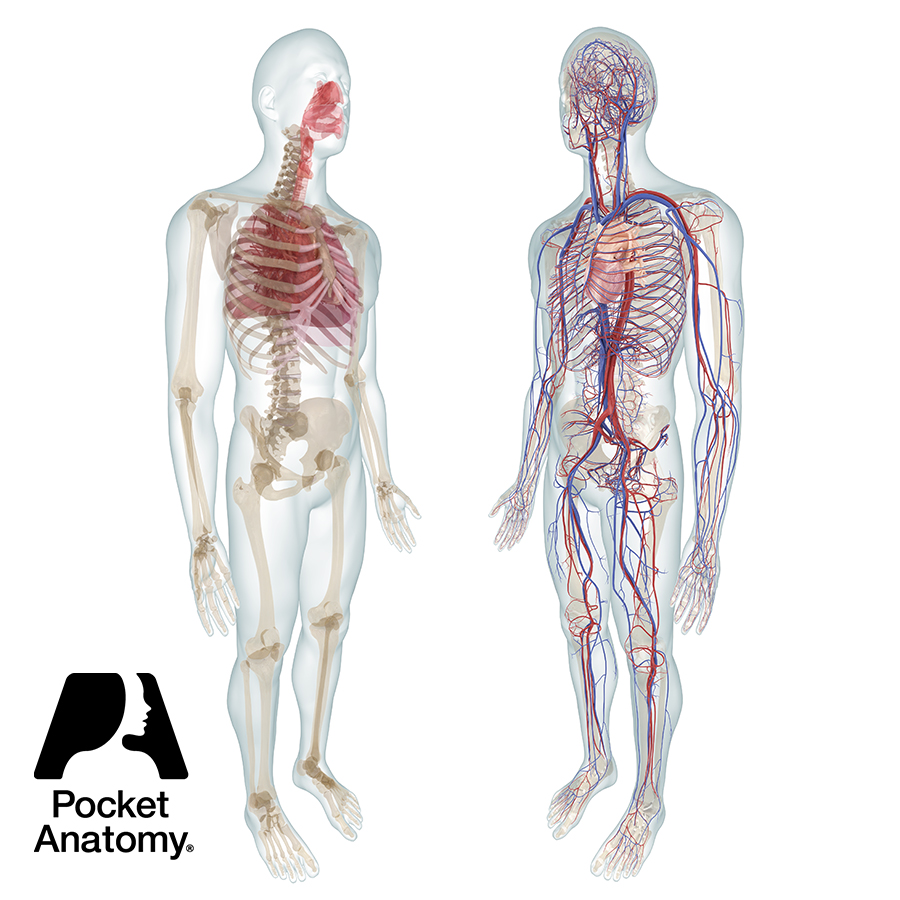
The millions of alveolar sacs that make up the working unit of lung tissue act as purveyors of our oxygen supply on the intake of breath and the garbage disposal of carbon dioxide on the outgoing breath. If the lung tissue sacs were laid out end-to-end, they would cover a football field – and all of that contained within our chest cavity!
The tissue of the lungs is the only functional unit of an internal organ that is in constant contact with the outside environment. The lungs breathe in over 2,000 gallons of air a day as they work to bring oxygen into the body. The oxygen is then sent via the bloodstream to all the cells in the body. In exchange, the lungs eliminate carbon dioxide.
Because of this intimate relationship between the outside environment and the lung tissue, it becomes critical for us to maintain healthy lungs. There are many ways we can do that:
1. Keep the body free of toxins.
This includes air pollution, chemicals from smoking or industrial waste, secondhand smoke, thirdhand smoke, pollens, molds, and germs.
2. Exercise daily and take deep breaths.
While exercise (and especially aerobic exercise) is a great way to keep our lungs working to capacity, incorporating deep breathing into your activities of daily living will increase your lung’s ability to provide oxygen to your body throughout the day. This becomes particularly important for those of us over 50, as the lung’s ability to expand decreases as we age.
3. Practice prevention.
Avoid people who are ill, or protect your respiratory system by wearing a mask. In addition, annual immunizations for influenza (“flu shots”) provide protection to the lungs, while eliminating threats to your general health. Keeping your lungs in a healthful state goes a long way to keeping your body healthy.
We often take for granted how serious a common cold or respiratory infection can become. Here are a few reminders from the American Lung Association on how to be proactive in protecting yourself:
- Take care of your health by having regular visits to your provider.
- Wash your hands with soap and water multiple times a day.
- Avoid large groups of people during cold and flu season.
- Maintain good oral hygiene.
- Get the flu vaccine every year.
- If you’re sick, avoid spreading it by staying home and limiting contact with others.
By taking care of our lungs—and keeping them healthy—we help to maintain our general health as well. Till next month, happy and healthy breathing!
Best,
Charlotte.
—————–
Explore the full respiratory system on our Interactive 3D Human Anatomy & Physiology app now.